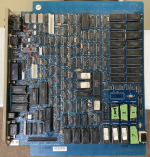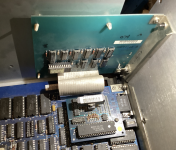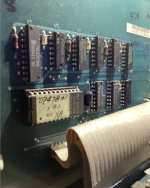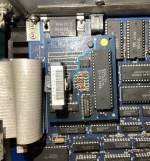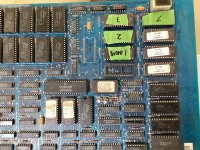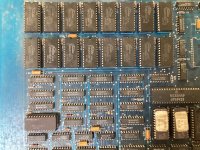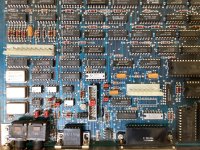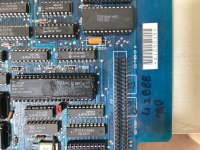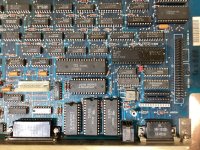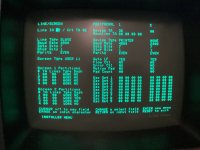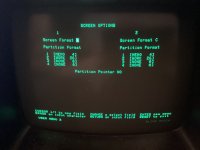DistantStar001
Experienced Member
- Joined
- May 8, 2019
- Messages
- 246
I recently got an Ico Icobus dumb terminal, model 757-14, and I know nothing about it! Even the All Mighty Google has pretty much failed me, as the only reference to it was a single ebay listing for the same unit (minus the keyboard) for more than $900. Somehow, I don't think they're going to get it.
In any case, Mine appears to be complete (if a little scuffed). The keyboard is a foam/foil, so the pads will need to be replaced. Also, the contacts on the PCB are exposed copper. So tarnish is an issue. Additionally, the screen has some burnin that isn't visible in the pictures. And that's it! That's all I know about this thing! Has anyone ever seen one before? Have a manual they can scan? Schematics? Know how to connect it to something?
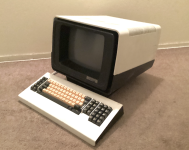

In any case, Mine appears to be complete (if a little scuffed). The keyboard is a foam/foil, so the pads will need to be replaced. Also, the contacts on the PCB are exposed copper. So tarnish is an issue. Additionally, the screen has some burnin that isn't visible in the pictures. And that's it! That's all I know about this thing! Has anyone ever seen one before? Have a manual they can scan? Schematics? Know how to connect it to something?




